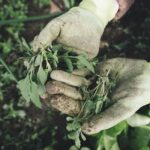We use cookies to make your experience better. To comply with the new e-Privacy directive, we need to ask for your consent to set the cookies. Learn more.
Organic Weed Control
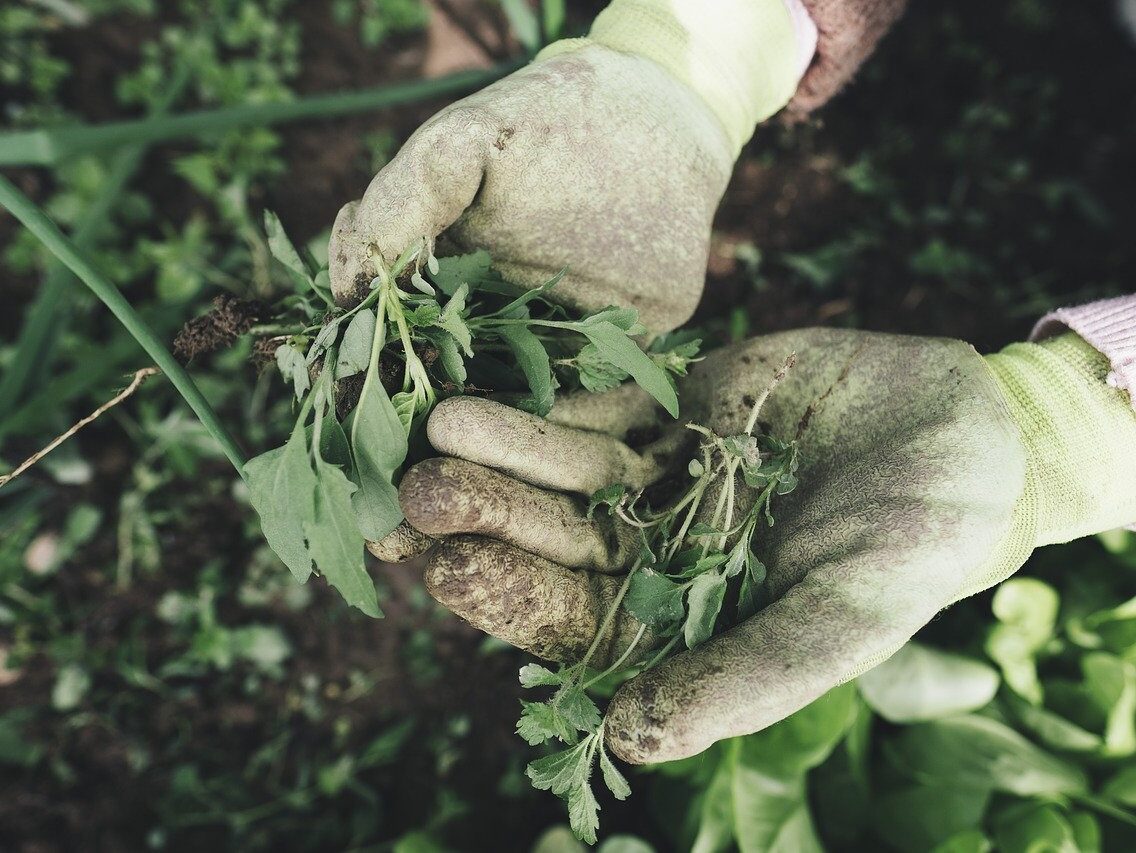
A weed is defined as a wild or uncultivated plant growing in an undesired location.
Weeds are particularly difficult for organic farmers to deal with as chemical herbicides are, of course, strictly prohibited.
The three main ways to deal with weeds organically are:
-Manual/Mechanical Weeding
-Mulching
-Thermal Weed Control
Manual/Mechanical Weeding
Perhaps the most obvious (and most off-putting) method is the hand pulling of weeds. Physically uprooting weeds and removing them from the soil is an effective, though laborious, way to remove them from your garden. Luckily we have some tools which make this job a little easier.
The Handy Weeder is the perfect tool for weeding in narrow spaces e.g. between carrots. If you want to clean up the cracks in your paving the Sneeboer Flat Stone Scratcher is ideal for scraping out moss and weeds. To protect your knees you can use a kneeling cushion or knee pads.
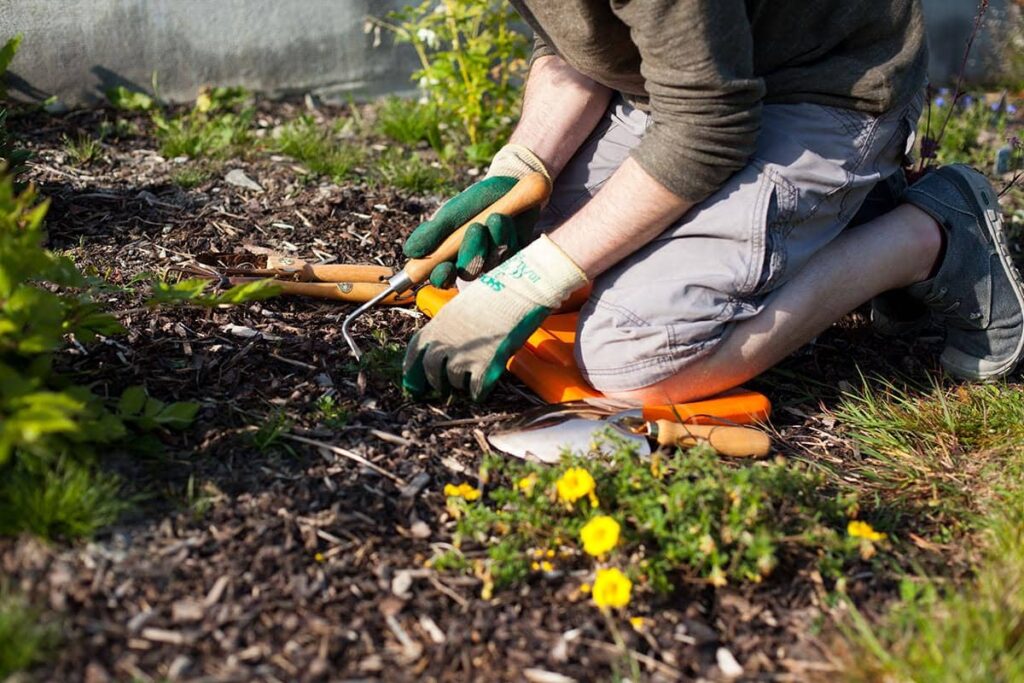
The Dock Digger can be helpful in removing established docks and other tap rooted weeds such as ragwort and dandelions. Digging out the tap root is the only reliable method of getting rid of these types of weeds.
Hoeing is very effective when weeds are just germinating and still small. Hoeing involves using a blade like implement to cultivate the soil usually for the purpose of eradicating weeds. There are various styles of hoe but the principle is the same. Our most popular hoe is the Glaser Oscillating Hoe. For small scale field and market garden operations, a wheel hoe is the perfect as it's faster and more efficient. We stock Wheel hoes from Glaser and Terrateck.
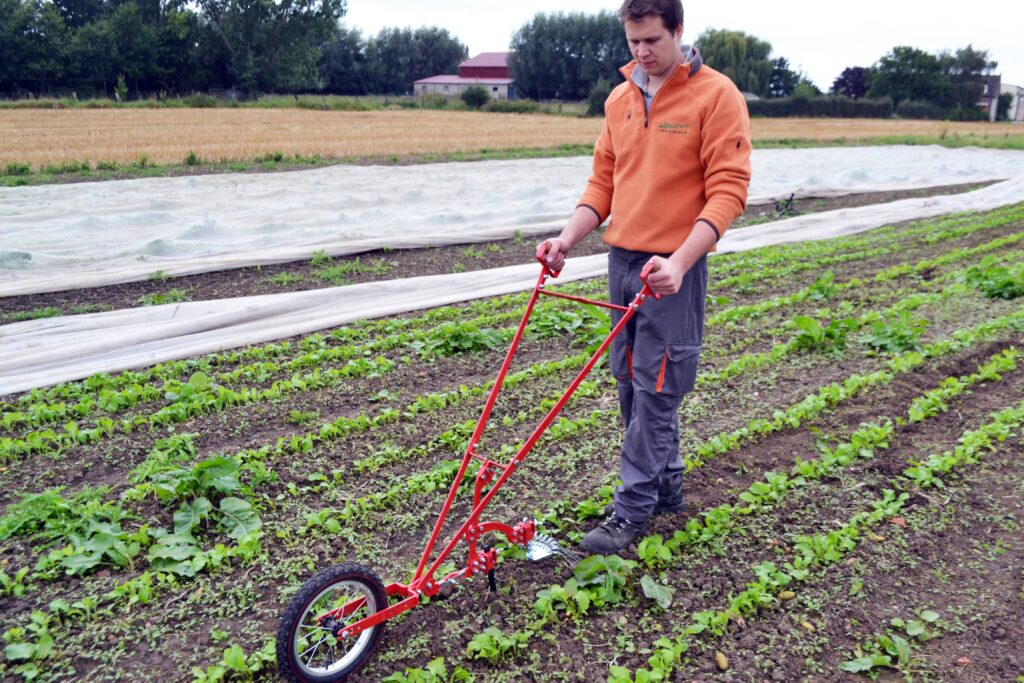
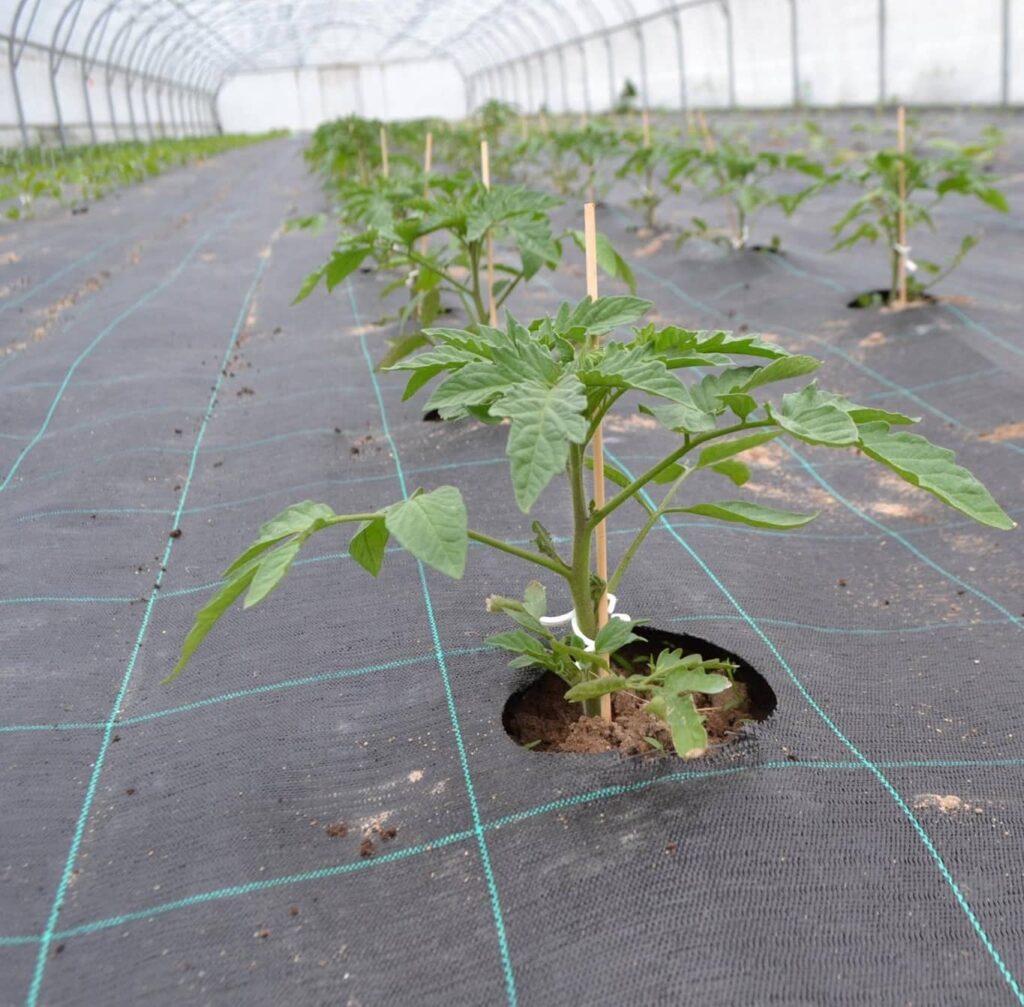
Mulch is a layer of covering around plants that prevents the growth of weeds. A layer of mulch prevents light from reaching the weeds and thus prevents them from germinating and it also covers up any bare soil (which is the perfect place for weeds' seeds to land and germinate) meaning that most weeds will not even get the chance to come into contact with your soil to germinate.
Mulches are also used to retain soil moisture, regulate soil temperature, suppress weed growth, and for aesthetics. They are applied to the soil surface, around trees, paths, flower beds, to prevent soil erosion on slopes, and in production areas for flower and vegetable crops. Mulch layers are normally 5cms or more deep when applied.
You can use temporary or permanent mulches. Temporary mulch materials will decompose over time - wood chips, seaweed, grass cuttings, leaf mould, paper, or wool. We also have Strulch, a new, unique product made from wheat straw. A patented process is used to preserve the straw so that it lasts up to two years. Permanent mulches can be rock, gravel, ground cover, weed control fabric. These can be re-used year after year.
Thermal Weed Control
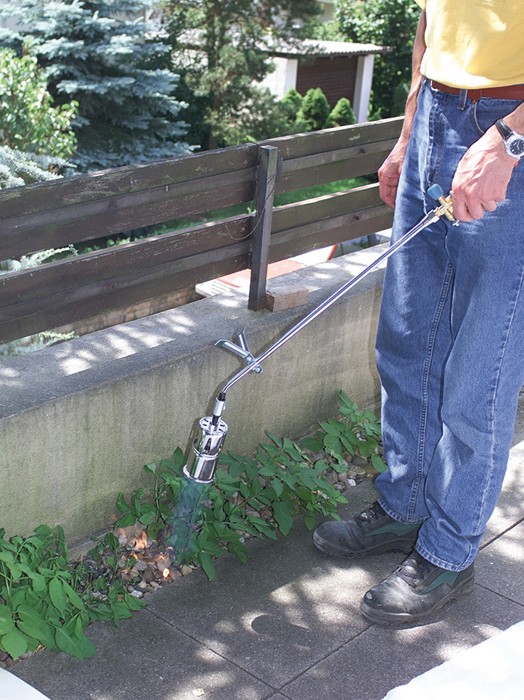
Thermal weeding means that the plant leaves are heated for about one second to up to 70°C. At this temperature the protein in the plant cells will coagulate and the plant will die. A flame weeder is a very good tool for killing weeds on (gravel) paths and pavements, and very useful to clean soil of small weeds before emergence of vegetable crops (Pre-emergence weed burning) and in between rows of crops.
The optimal time for thermal weed control is in early spring. Weeds in their early stage of growth (2-4 leaves) are still small and don't have any reserves stored in their root system. The bulk of the foliage is still small and allows fast economic and effective treatment.

